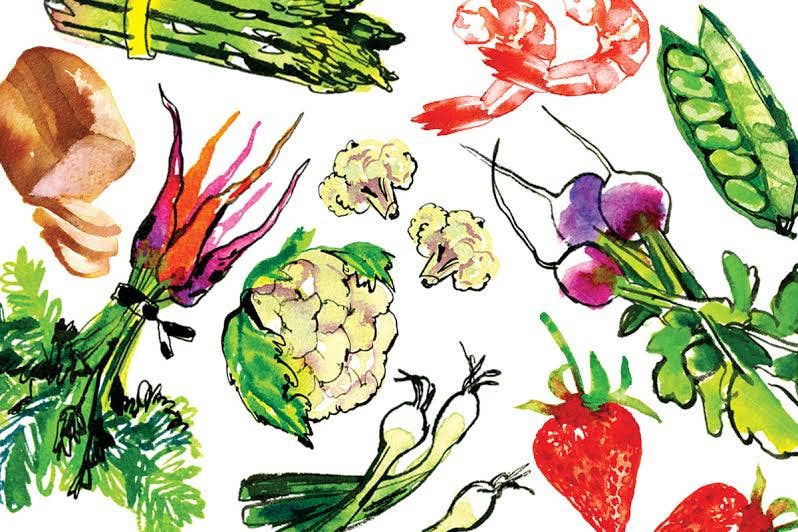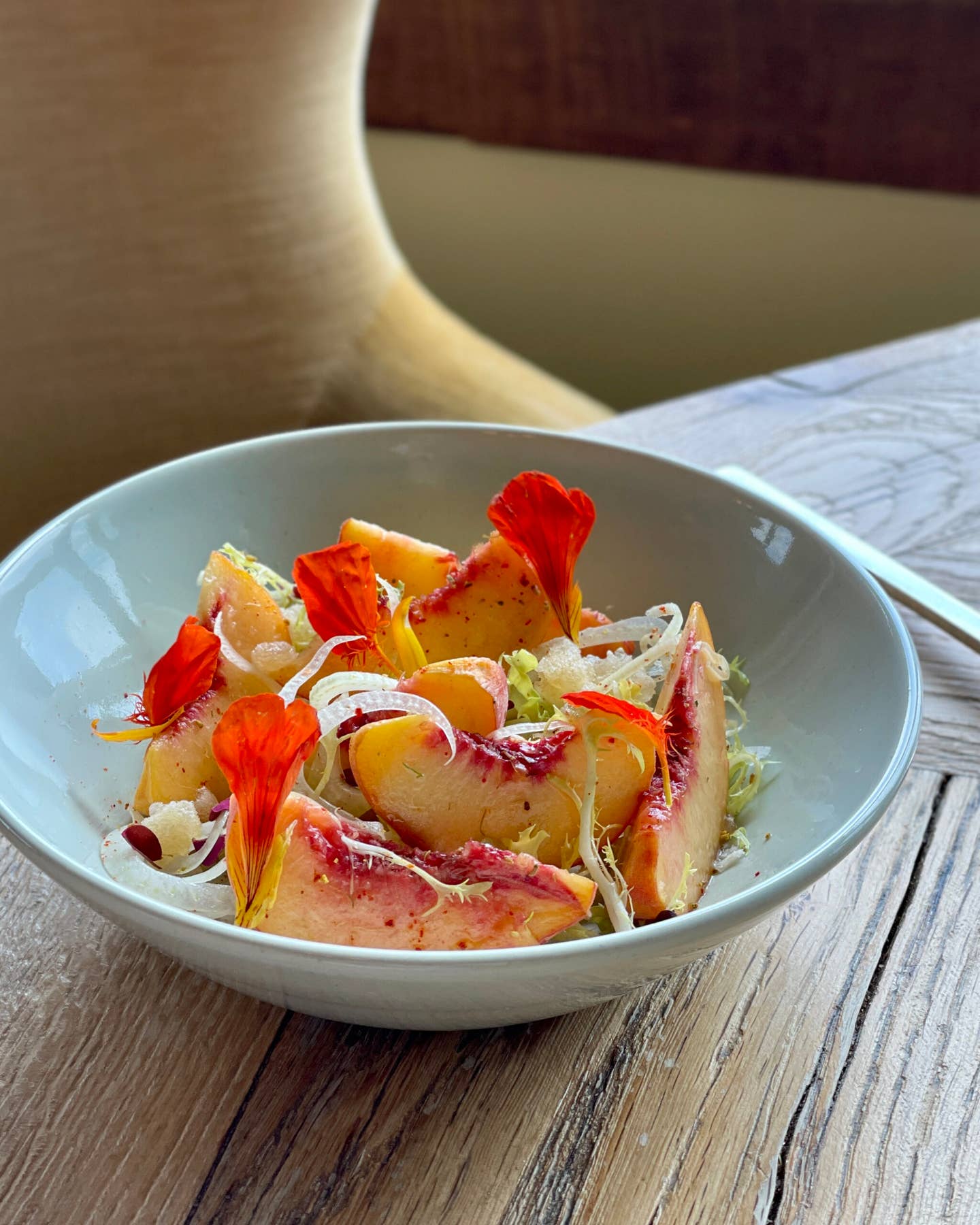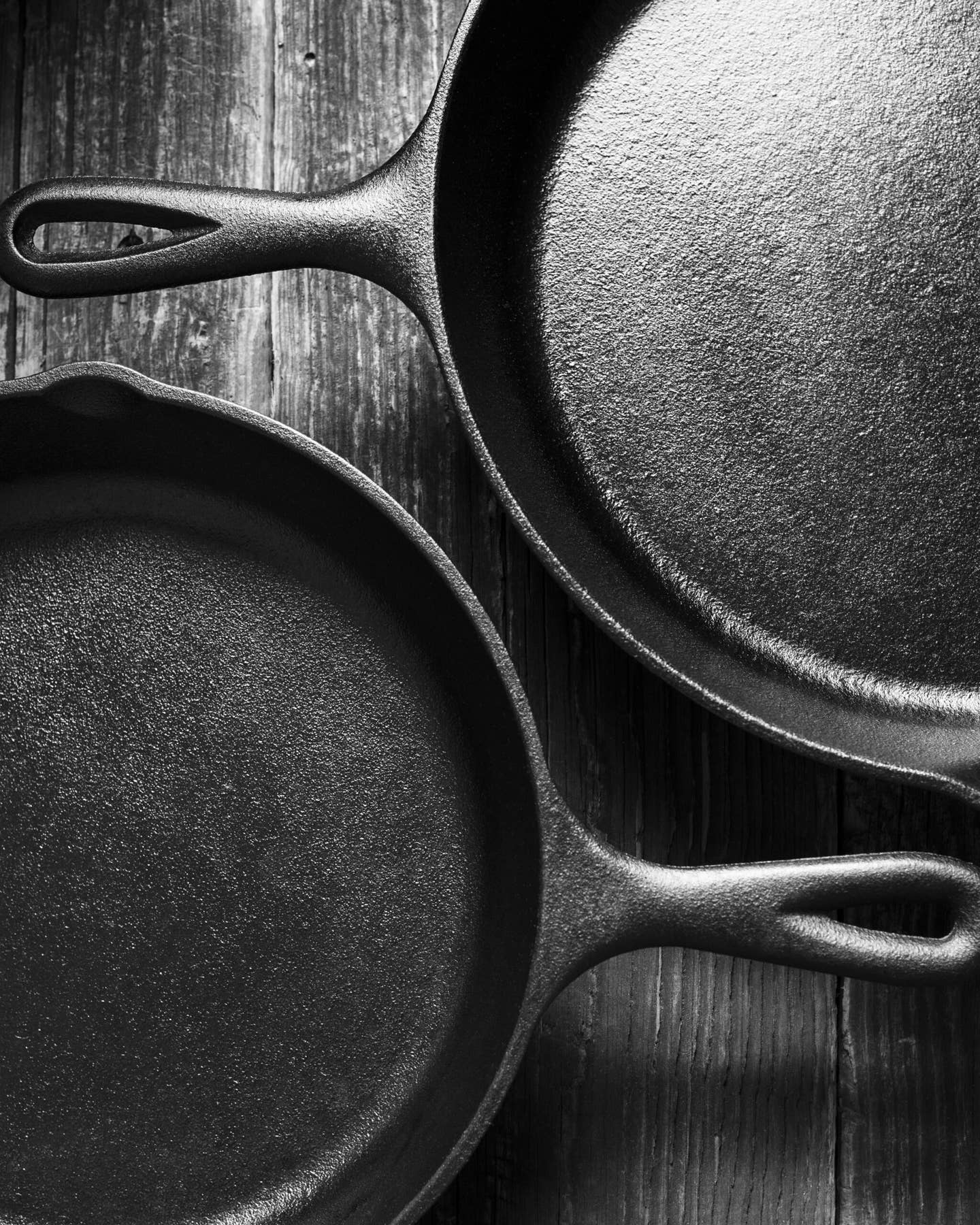
Picking Crabs
When you're shopping for crabmeat, it pays to know what's out there. For starters, decide whether you'd like fresh crab or canned. Fresh crabmeat is often sold at open seafood counters and—if the vendor values freshness—was collected early that same morning. Canned crabmeat, called "picked", is premeasured, weighed, and packaged. "Fresh canned" crab is packed in plastic and must be refrigerated; "pasteurized" crab, sold in tins, is shelf stable and does not require refrigeration. (It does, however, have an expiration date.)
After you've chosen between fresh crab and canned, you have more decisions to make. Varying grades and types of crabmeat—both fresh and canned—are sold, and each one is suited to specific uses.
Jumbo lump, the most expensive type, consists of the large hunks of meat that power the back legs of a blue crab. It is also one of the most flavorful options and a popular choice for dishes like crab cocktails, where the flavor of the crab reigns. I've found that jumbo lump also works well when mixed into a lemony cream sauce and spooned over broiled fish filets.
Lump or backfin crabmeat is as tasty as jumbo lump but half its size and price. Because of its smaller size, lump is the most versatile choice and is often mixed into pastas, scattered atop salads, or used for making traditional eggs benedict.
White or special crabmeat comes from the muscles concentrated in the front of the crab, which control the two front pairs of legs. Crab cakes, sandwiches, bisques, and soups are made with this grade; the subtle flavor of white crabmeat blends well with other ingredients and flavors.
Claw meat, also known as dark meat, is the cheapest and most strongly flavored option. It is picked from the crab's large front claws, as well as the smaller muscles in its other legs. Some people covet claw's robust flavor, whereas others find it a bit musky. Either way, it is the most economical choice when you're using crabmeat.
Once you've decided which grade you prefer, check to make sure the meat is a bright ivory color and firm to the touch, not mealy or overly watery. Remember to check for shell fragments in the meat; even the best pickers can't always prevent an accidental piece from slipping in. And—as with every product you shop for—experiment with different brands and research where each company buys its crab to make the best choice for your taste and your budget.
Keep Reading
Continue to Next Story










